According to data from medical units, there are currently 16 outbreaks of pink eye in Lao Cai province with 393 cases, of which 159 have recovered and 234 are being monitored.
According to the Lao Cai Provincial Center for Disease Control, pink eye is an eye infection, often caused by bacteria or viruses or an allergic reaction, with typical symptoms of red eyes, grittiness, pain, swelling; excessive discharge and watery eyes.
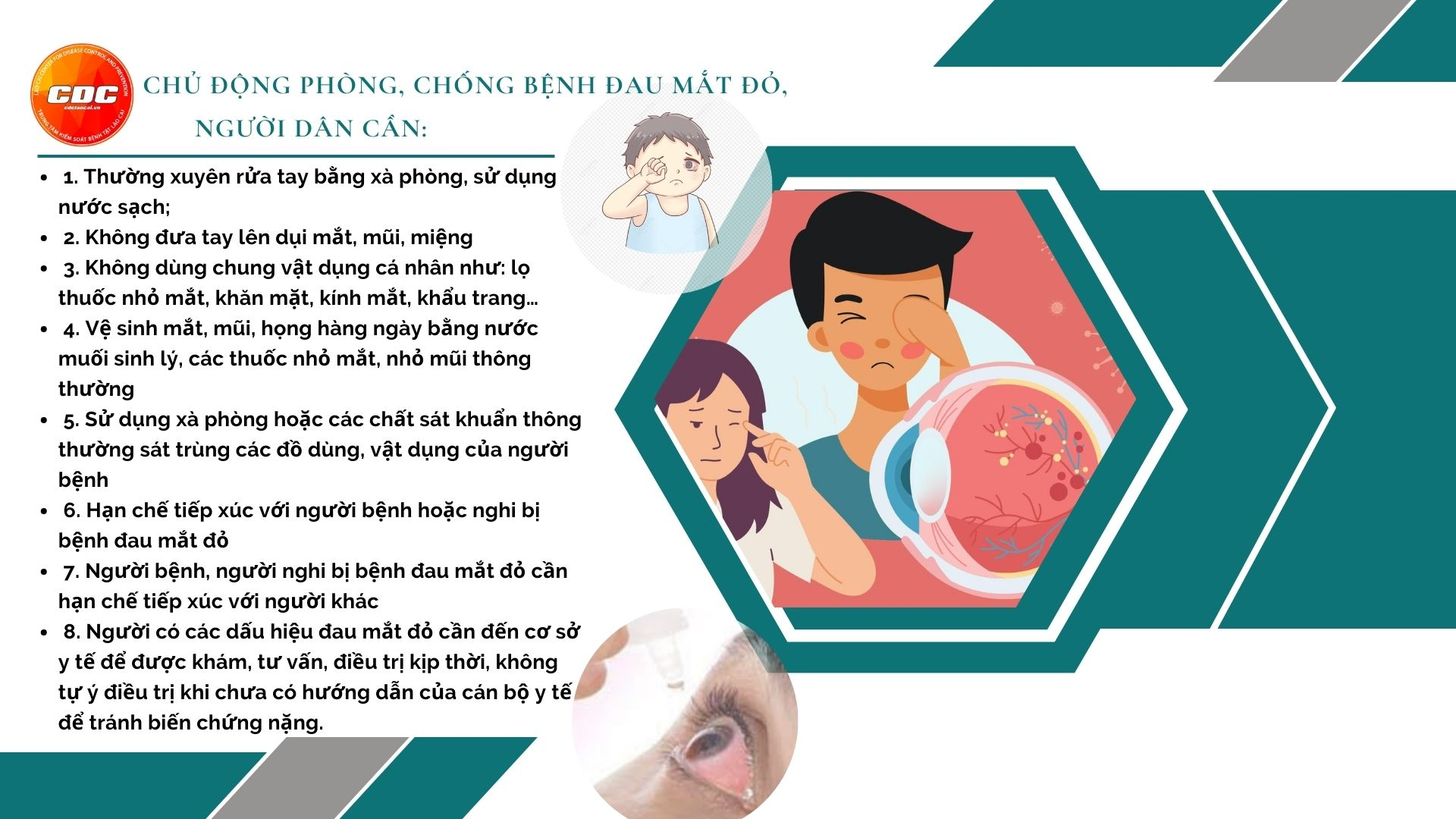
Illustration photo.
The disease is transmitted through direct or indirect contact with secretions from the eyes through hands infected with the virus or sharing contaminated utensils and objects. The disease often starts suddenly, first in one eye and then spreads to the other eye. Pink eye is very easy to catch, spreads easily in the community and causes epidemics. To date, there is no vaccine to prevent the disease, no specific treatment, and people who have had pink eye can still be infected again just a few months after recovering from the disease.
Faced with the complicated developments of the pink eye epidemic, the Lao Cai Provincial Department of Health has sent a document to the Lao Cai Departmentof Education and Training, units under the Department and non-public medical facilities regarding strengthening the prevention and control of pink eye in the province.
structure, Lao Cai Department of Health requested the Department of Education and Training of this province to direct schools and educational training facilities to ensure school hygiene and organize propaganda and guidance for students and parents on measures to prevent pink eye. Especially at kindergartens and primary schools; immediately notify the nearest medical facility (District/town/city Health Center, Health Station in the area) when detecting students with the disease to promptly handle the epidemic.
At medical examination and treatment facilities, it is necessary to properly triage patients with pink eye in clinics and clinical departments to prevent cross-infection in the unit and in the community; ensure personal hygiene conditions for patients and relatives such as: clean water, hand soap, quick hand sanitizer; instruct patients with pink eyes to regularly wash their hands and limit contact with healthy people, family and community; ensure treatment adequate medication for patients.
Schools and kindergartens are places where diseases can easily spread, so to help prevent pink eye and other infectious diseases, schools in the province have proactively equipped hand washing areas and antibacterial soap for students so that they can practice the habit of washing their hands regularly.
In the curriculum, teachers also integrate and guide children to wash their hands according to the 6-step process, while at the same time promote and remind students of basic disease prevention skills./.
Pham Ngoc Trien
Source









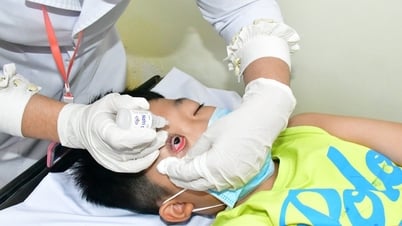

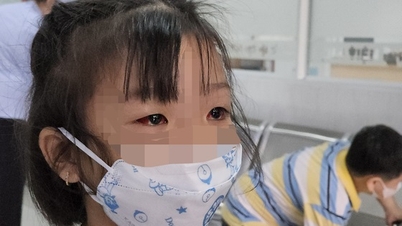
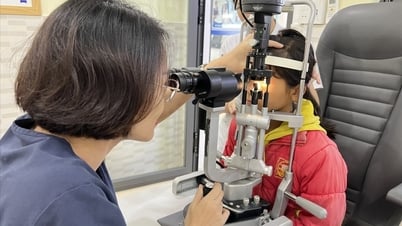







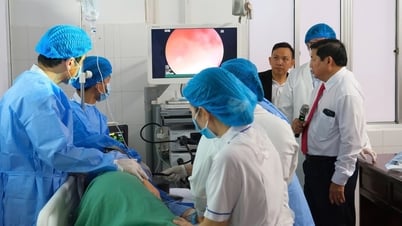












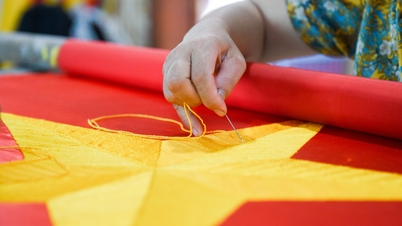





























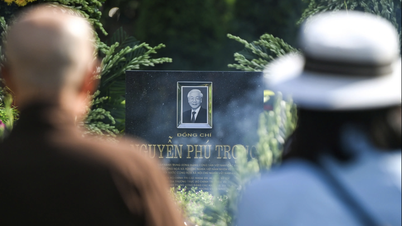
















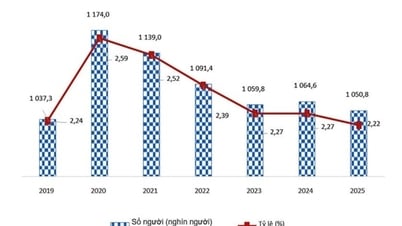












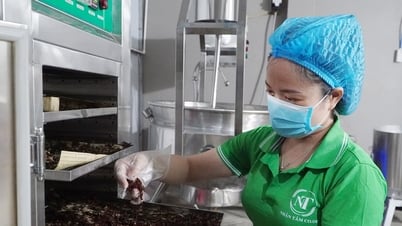



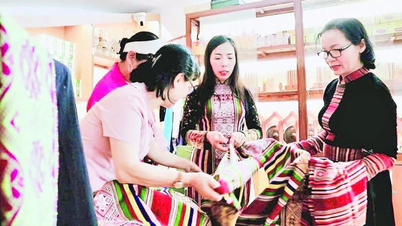



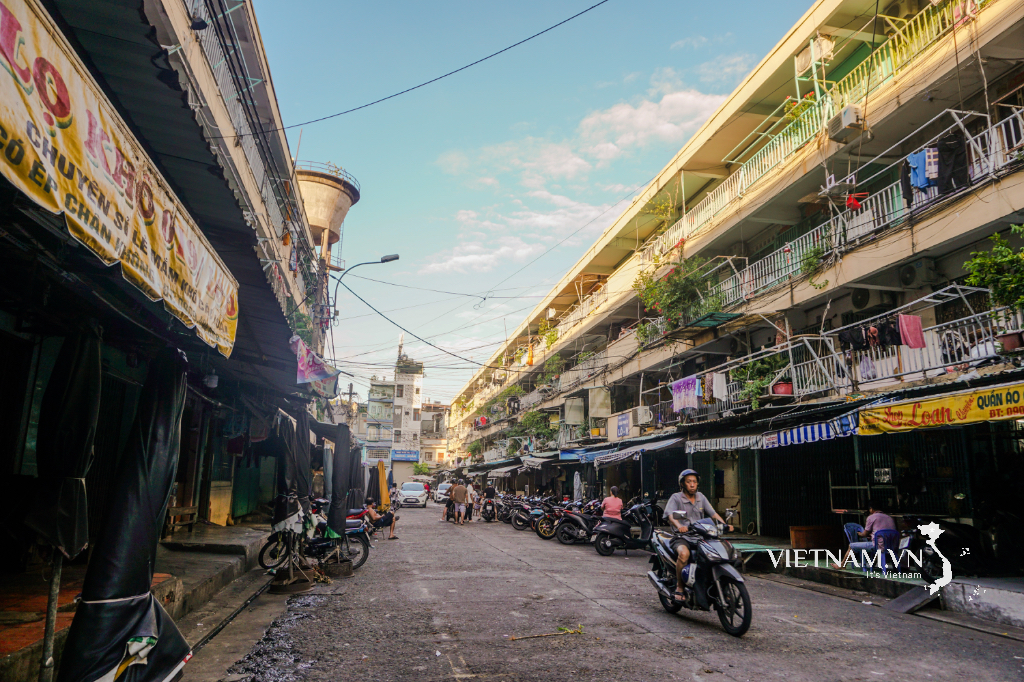


Comment (0)